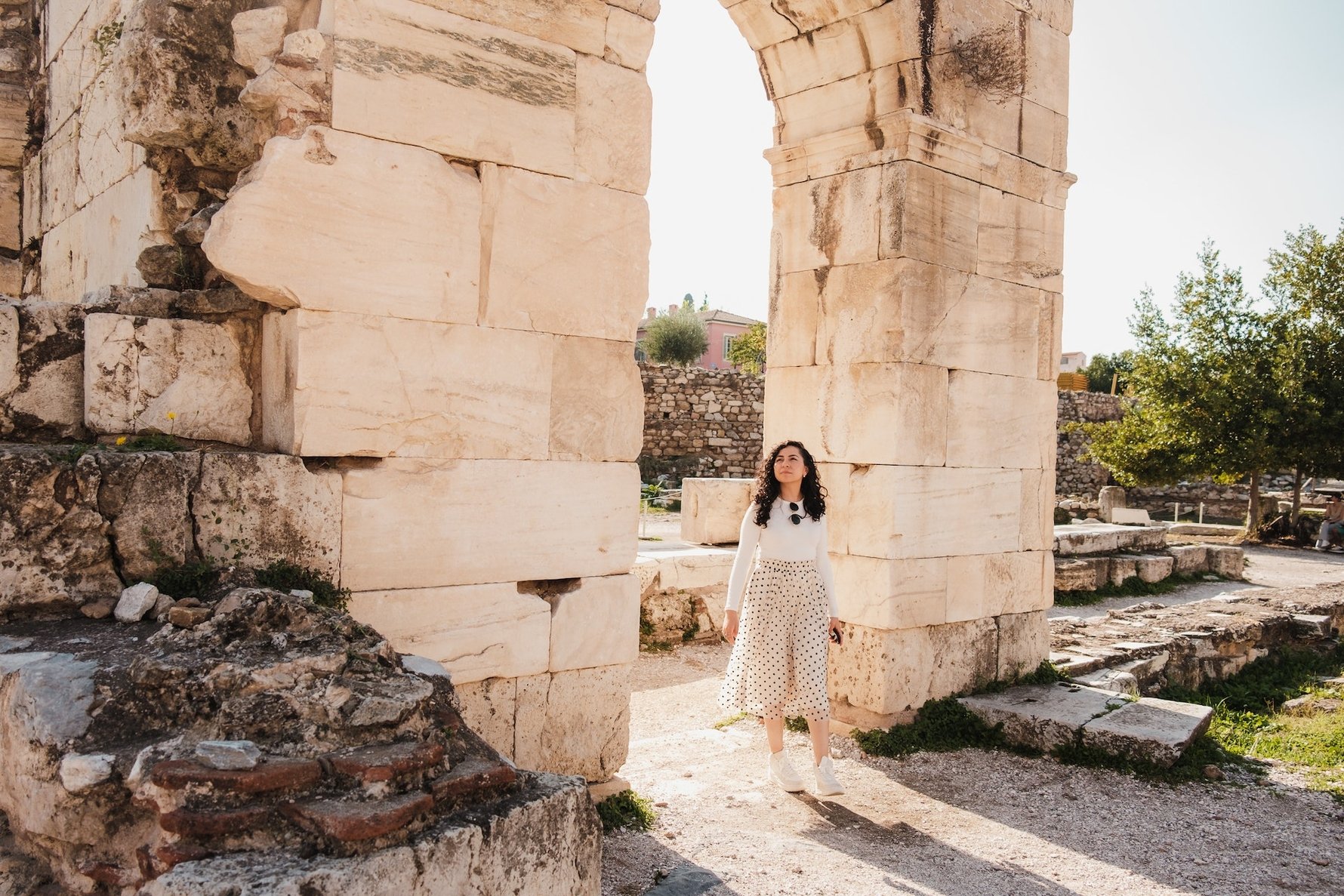
Classical Era: Emanating Echoes of Grandeur
Enveloped in the charm of the Mediterranean, the Classical era (circa 500 B.C. to 500 A.D.) witnessed the burgeoning brilliance of Ancient Greece and Rome. Pioneering masterpieces such as the statue of Zeus at Olympia and the Parthenon’s marbles epitomize the artistic acumen of ancient craftsmen. They narrate tales of reverence for human form and laud ideals such as valor and wisdom. For modern day travelers seeking to relish this splendor, Athens and Rome stand as guardians of the Classical legacy. These cities are the guardians of ancient relics that once fueled the flame of oration, philosophy, and creativity.Medieval Times: Divine Threads in Artistic Weaves
Transitioning into the Medieval era (5th-15th centuries), art takes a divine tangent. The Illuminated manuscripts, like the Book of Kells, and the breathtaking stained-glass windows of Chartres Cathedral, articulate the religious zeal that this period revolved around.Gothic Grandiosity
The Medieval times witnessed the emergence of Gothic art, with its skyscraping cathedrals and labyrinthine stone carvings. Notre-Dame de Paris stands as a living testimony to the meticulous craftsmanship and spiritual aspirations of the era. The French countryside, with its opulent historical and artistic heritage, in addition, beckons history enthusiasts.
Renaissance & Baroque: Dawn of Creative Renaissance
The 14th to the 17th centuries marked the Renaissance, a period of intellectual and artistic awakening in Europe. Masterpieces like Leonardo da Vinci’s Mona Lisa and Michelangelo’s frescoes in the Sistine Chapel stand as embodiments of the era’s pursuit of knowledge and beauty.Embracing the Baroque Drama
Towards the culmination of the Renaissance, the Baroque movement emerged, manifesting drama, contrast, and grandeur. The chiaroscuro technique of Rembrandt and the dramatic realism of Caravaggio captivated audiences. For the ardent historian, a sojourn through Rome, Florence, and Venice, for example, would promise an enthralling rendezvous with the Renaissance and Baroque maestros.
Sporting and Entertainment Art: A Vivid Glimpse into Leisure
With the evolution of society in the 18th and 19th centuries, art began to reflect themes of leisure and entertainment, depicting the common populace at play.The Equestrian Enchantment
Among diverse themes, horse racing emerged as a popular muse. George Stubbs, an acclaimed British painter, captured the exuberance and grace of horses in his paintings. Whistlejacket, one of his seminal works, exemplifies the enthusiasm for horse racing in Europe. The painting, celebrated for its detailed depiction and realism, encapsulates the thrill of the sport, and how it began to emerge as a central motivation for artists at the time.


Comments